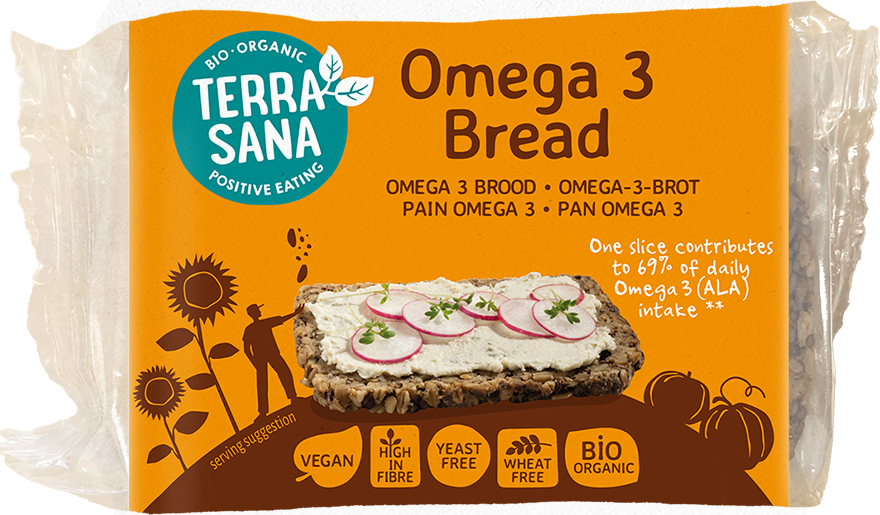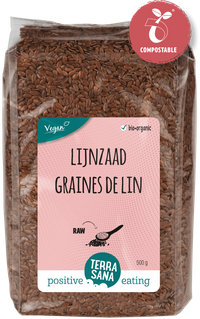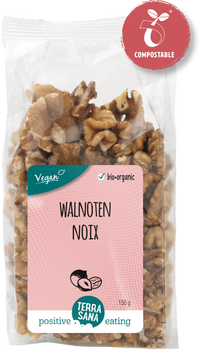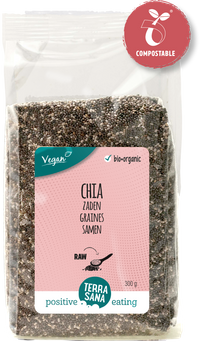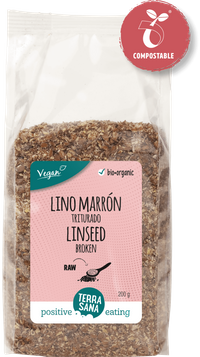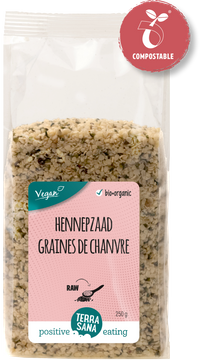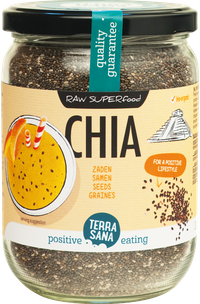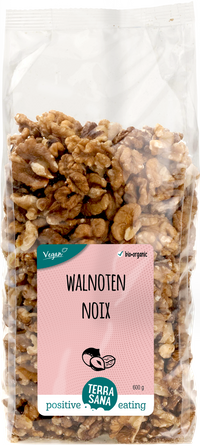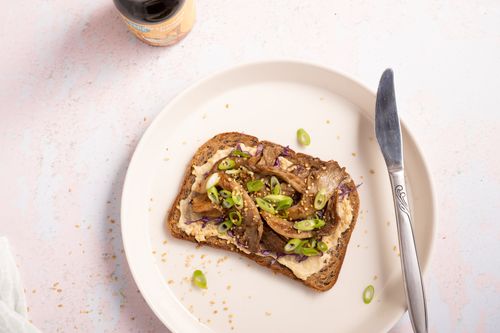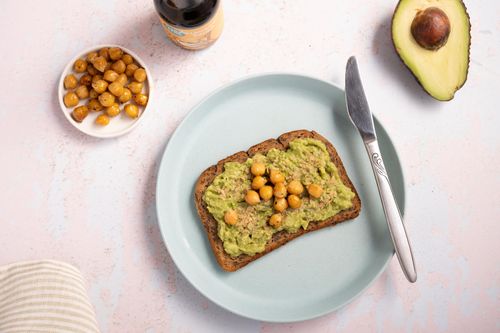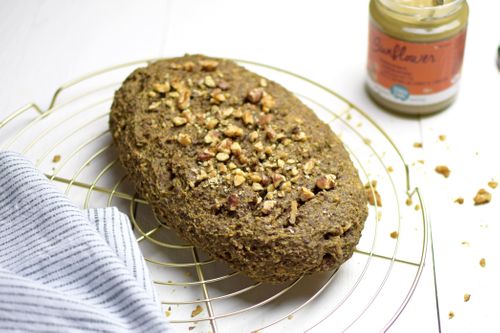How to get omega 3 from food - DHA, EPA and ALA for vegans

If you eat consciously and perhaps live vegan, you know that omega 3 is super important for your health. We all need omega 3, and in much greater numbers than we take in on average.
What is omega 3?
Omega 3 is an essential group of polyunsaturated fatty acids. Omega 3 fatty acids are crucial for heart, brain, eye and immune system health. Since our bodies cannot produce omega 3 themselves, it is extra careful to get omega 3 fatty acids through our diet.
What is the difference between ALA, EPA and DHA?
The three main types of omega 3 fatty acids are eicosapentaenoic acid (EPA), docosahexaenoic acid (DHA) and alpha-linolenic acid (ALA). While EPA and DHA are mainly found in algae and non-vegetable fatty fish such as salmon, mackerel and herring, seafood, you will find ALA mainly in flaxseed, chia seeds, hemp seeds and walnuts. ALA may be a plant powerhouse, but it works slightly differently from DHA and EPA. This is because your body needs to convert ALA to its active forms DHA and EPA to reap its full benefits. By combining this with a high-fat meal, you help the absorption of omega 3.
How much omega 3 do you need per day?
Most experts agree that you need 400-500 mg of omega 3 fatty acids per day. But this also depends on how many products you eat that contain (a lot of) omega 6. Ideally, you get the perfect balance between these two ‘omegas’ on a daily basis. More on that a little later.
It is safe to assume that you do not get enough omega 3 on a daily basis, unless you take supplements (fish oil or algae oil). If you eat plants, make sure you get both ALA and EPA and DHA. ALA via seeds and nuts, EPA and DHA via algae (oil).
The balance of omega 3 6 9
It is very difficult (read: almost impossible) to balance the 3 omegas just right. We generally eat too many products that contain omega 6. Think vegetable oils and processed foods. If you still want to get this right, make sure you take extra omega 3 if you have eaten a lot of products with omega 6. It is usually recommended to take omega 3 and omega 6 in a 1:1 ratio. Omega 9 fatty acids also play an important role in the perfect balance. Omega 9 is mainly found in olive oil, nuts and avocado, but your body can also make its own omega-9. This is why we also call omega-9 a non-essential fatty acid.
Algae oil is more sustainable and ethical
Algae oil is a great alternative to fish oil, especially if you prefer not to eat fish or live vegan. Fish get their omega 3 fatty acids from algae. So instead of eating fish, we can go straight to the source and use algae oil. This way, we get the healthy benefits of EPA and DHA without the intermediate step via fish. Moreover, algal oil is more environmentally friendly. Why? Because its production does not affect the overfishing of oceans and does not harm marine life. So it is not only better for you, but also for our beautiful earth.
How do you get omega 3 from food?
Getting Omega 3 from food is quite possible if you are omnivorous or carnivorous. Oily fish is the best source of omega 3. But if you live vegan and eat plant-based? Then you will have to turn to flaxseed, hemp seeds, chia seeds and walnuts for omega 3. How much omega 3 is in these seeds? Well, quite a lot! Check it out:
- Flaxseed: 22814 mg ALA per 100 grams
- Hemp seeds: 21429 mg ALA per 100 grams
- Chia seeds: 17554 mg ALA per 100 grams
- Walnuts: 9079 mg ALA per 100 grams
Now you may be thinking: if algae are high in omega 3, what about seaweed? Isn’t there a lot of omega 3 in seaweed too? Unfortunately, this is disappointing. The amounts of omega 3 in seaweed are very minimal. Think a few tens of mg per 100 grams.
Omega 3 bread: the practical solution if you eat vegan
As a plant-based company, we believe we need to be innovative when it comes to vegan food. We want the best for our bodies, and for vegans. Therefore, we have a delicious seed roll developed with extra high omega 3. 1 slice contains about 70% of the recommended daily allowance of omega 3 (based on a 2000 kcal diet). ALA as omega 3 comes mainly from flaxseed, and to a lesser extent from chia seeds. This omega 3 bread makes your life easy!
If you are someone who scans a product’s ingredient list before you buy a product: this is something we are always doing too. When we make a product, we go for the shortest possible ingredient list. Junk doesn’t come into it with us. So this omega 3 bread is super clean. Made from oats and seeds, apple cider vinegar, psyllium fibre and sea salt. Pure and super tasty. The bread has a delicious bite, you can taste the texture of the seeds. It is firm, but also springy. Perfect for an (o)mega lunch or breakfast.
